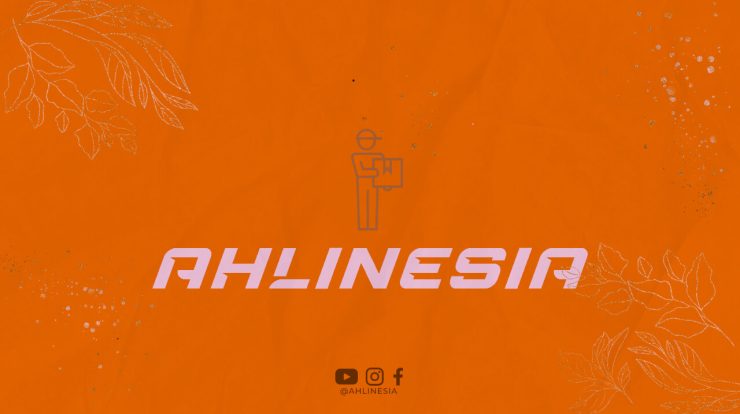
In today’s fast-paced world, many students may find themselves taking a break from their studies for various reasons. Whether it’s due to personal circumstances, health issues, or simply needing a break, it’s important to understand the acceptable study gap duration in Australia. This article aims to provide insights into the study gap duration and its impact on students’ academic journey in Australia.
Understanding Study Gaps
A study gap refers to the period of time between completing one level of education and starting another. It can occur at any stage, such as after completing high school, undergraduate, or postgraduate studies. Students may choose to take a study gap to explore other interests, gain work experience, or deal with personal matters.
While study gaps are quite common, it’s crucial to consider the implications they may have, especially when planning to continue education in Australia. Universities and educational institutions have different policies regarding study gaps, and it’s important to be aware of their guidelines to ensure a smooth transition.
Implications of Study Gaps in Australia
A study gap can affect various aspects of a student’s academic journey in Australia. It’s essential to understand the potential implications before deciding on the duration of the gap:
1. Visa Considerations: International students need to be mindful of visa regulations. Depending on the length of the study gap, students may need to apply for a new student visa. It’s crucial to consult with the Department of Home Affairs regarding visa requirements and ensure compliance.
2. University Acceptance: Universities in Australia may have different policies regarding study gaps. Some institutions may accept longer study gaps, while others may require a more recent academic background. Researching and understanding individual university policies is key to making informed decisions.
3. Course Availability: Certain courses in Australia have limited intakes or specific start dates. Students with study gaps should consider whether their desired course is available during their intended return period. Planning ahead can help avoid disappointment and delays.
4. Skill Relevance: Depending on the field of study, certain skills may become outdated with a longer study gap. It’s important to assess whether additional preparation or updating of skills will be required upon returning to education.
5. Financial Considerations: Study gaps can have financial implications, such as loss of scholarships, changes in tuition fees, or increased living expenses. Students need to plan their finances accordingly to ensure a smooth transition back into education.
Acceptable Study Gap Duration
The acceptable study gap duration in Australia varies depending on several factors, including the level of education and individual university policies. While there is no fixed rule, it’s generally recommended to keep the study gap as short as possible to maintain academic momentum.
For undergraduate studies, a study gap of one or two years is generally considered acceptable. However, it’s important to note that individual university policies may differ, and some institutions may have stricter requirements.
For postgraduate studies, the acceptable study gap duration may be more flexible, ranging from two to five years. Again, it’s crucial to research and understand specific university policies to ensure a smooth application process.
It’s worth mentioning that universities often consider other factors alongside study gaps, such as work experience, internships, or relevant certifications. These factors can contribute to an overall application and may help compensate for a longer study gap duration.
Conclusion
When considering a study gap in Australia, it’s essential to research and understand individual university policies, visa regulations, and other implications. While study gaps can provide valuable experiences and personal growth, it’s important to balance them with academic considerations. By staying informed and planning ahead, students can make well-informed decisions and ensure a successful return to their educational journey in Australia.





